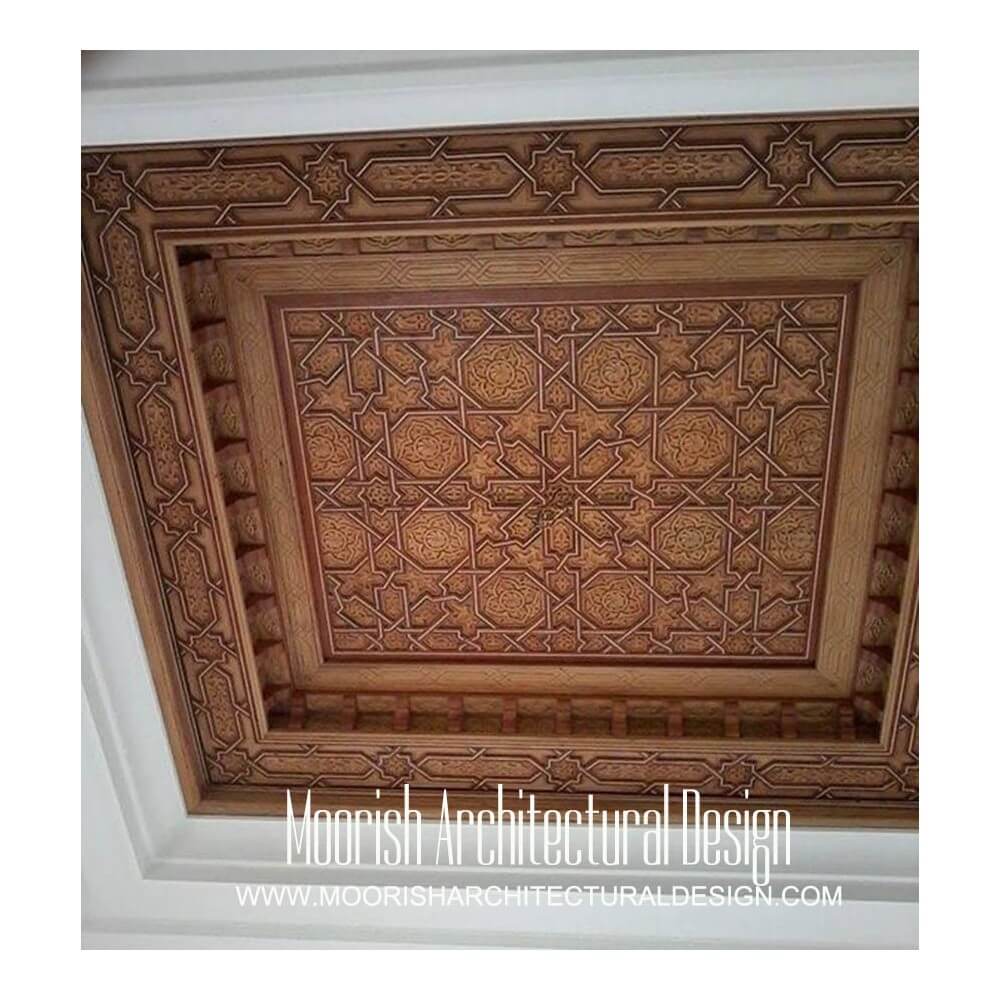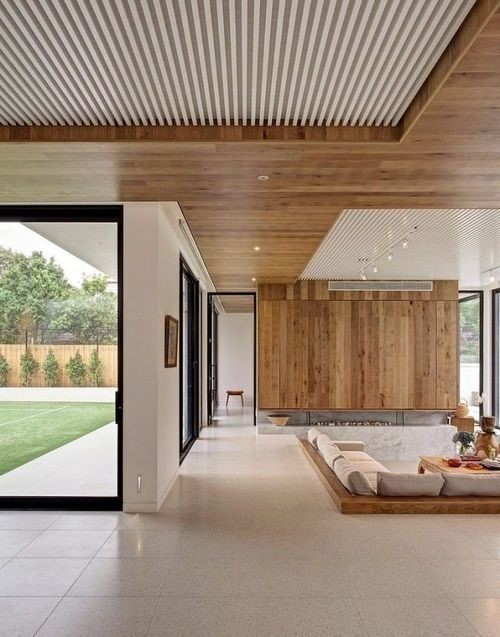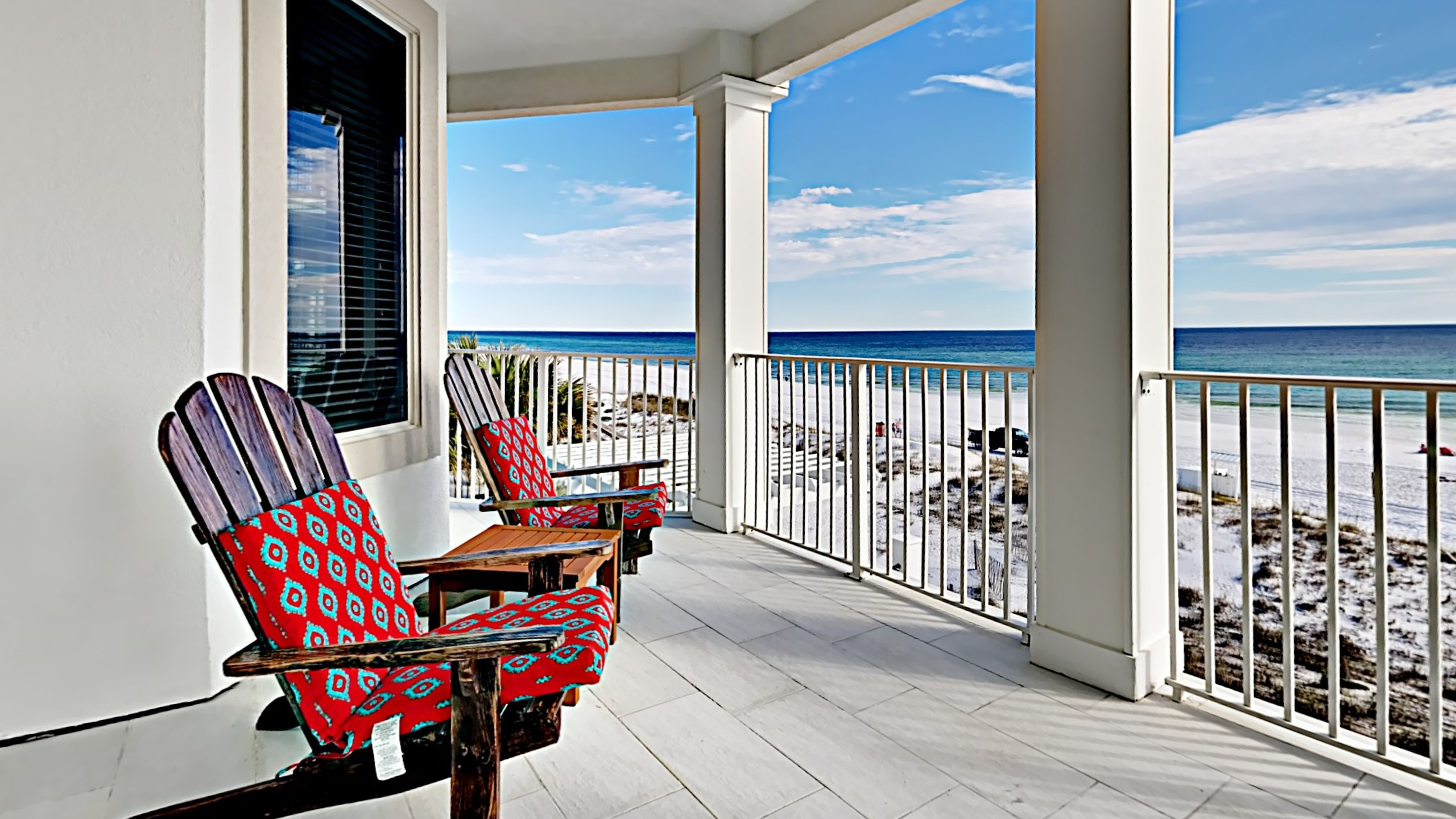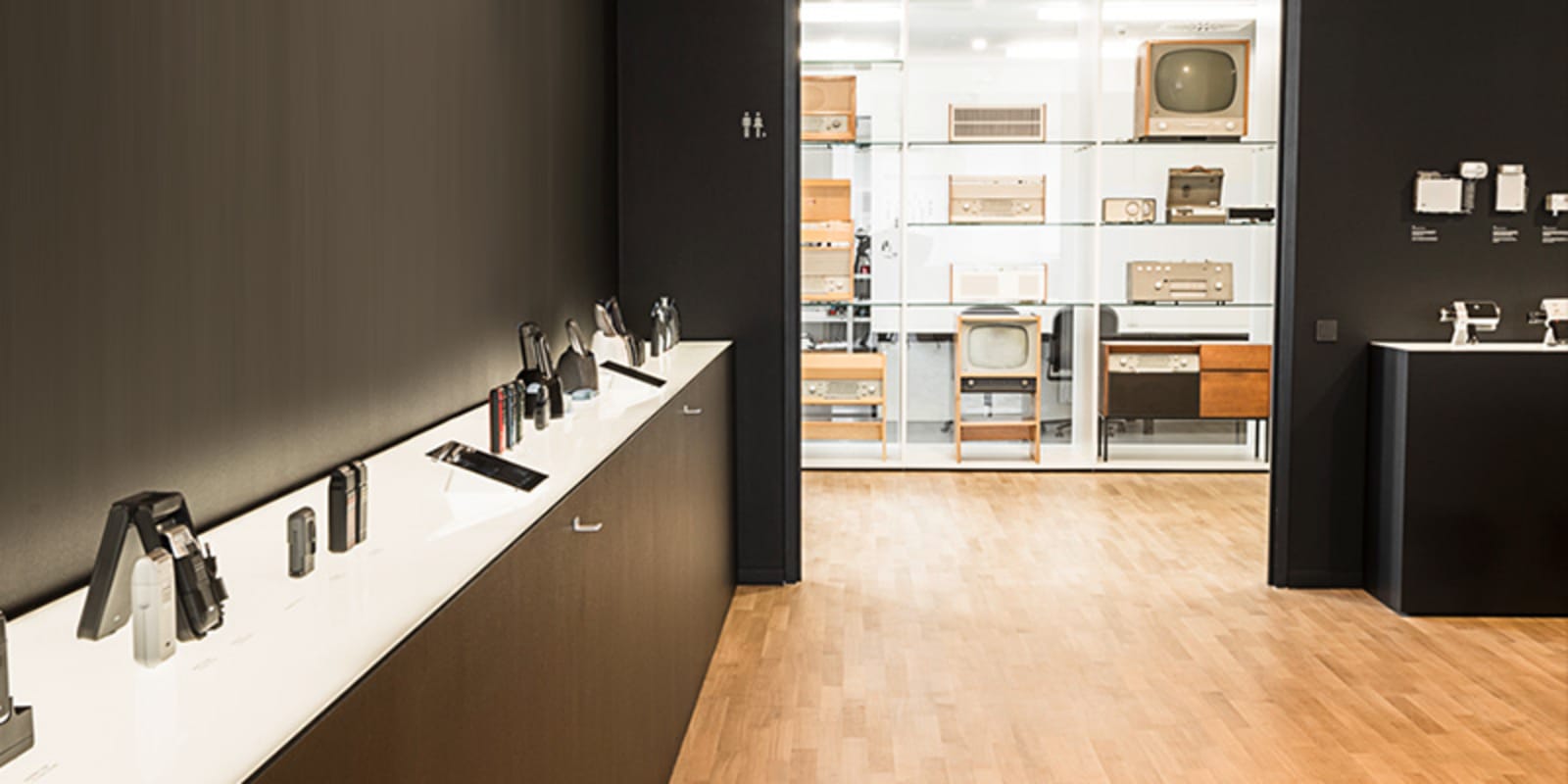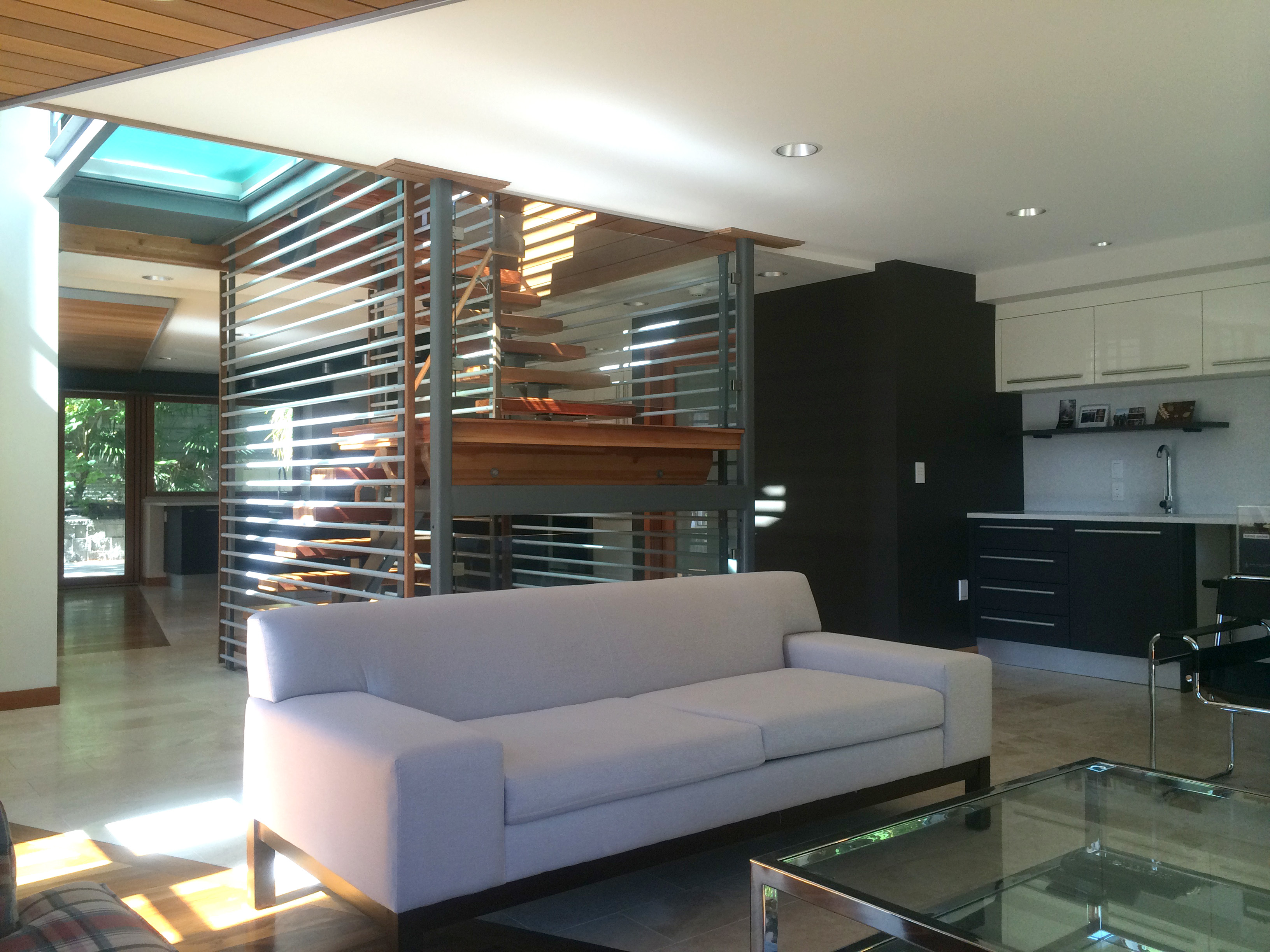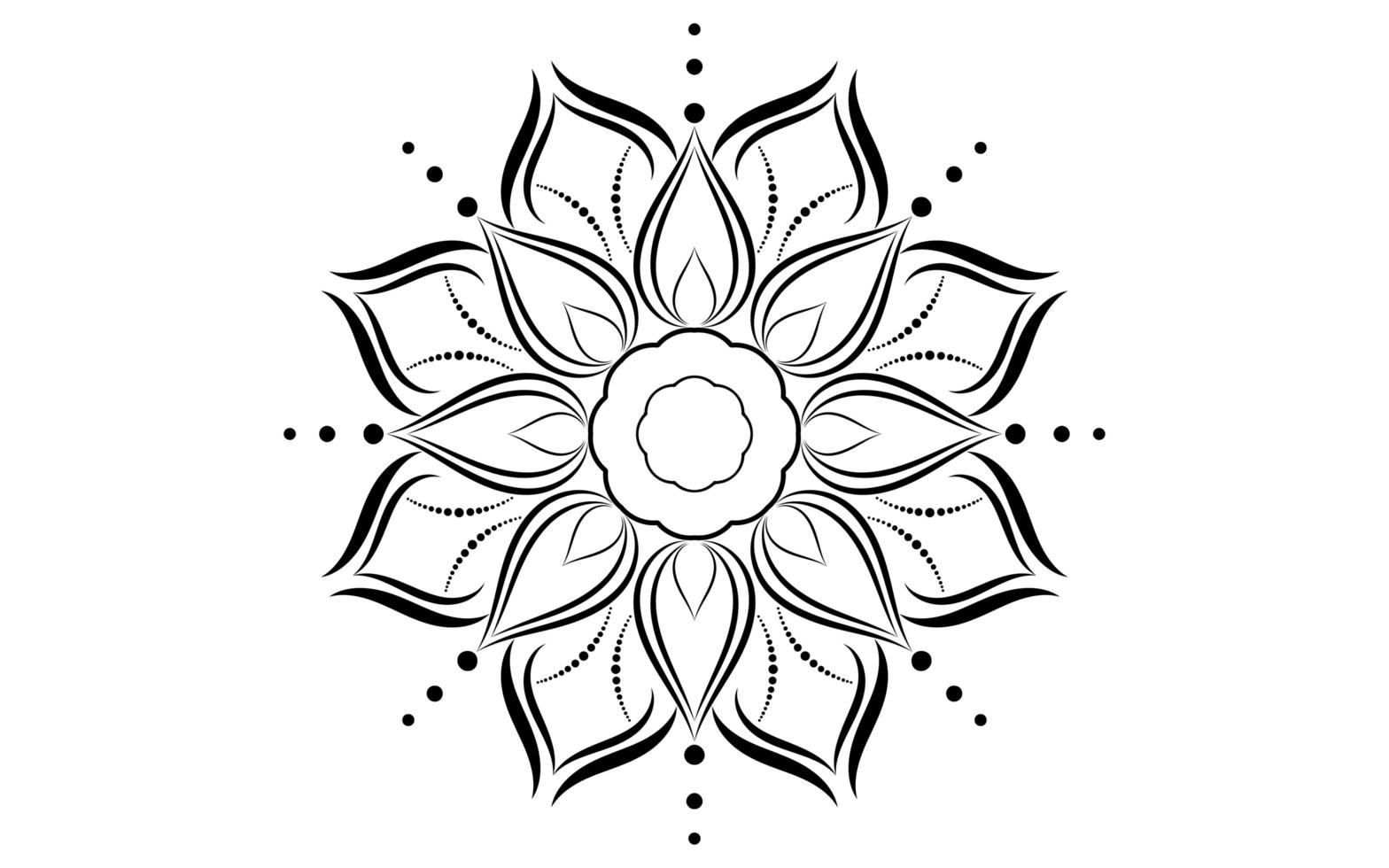Table Of Content

We develop a community of artists at Grace by creating consistent classroom spaces for students to meet. We have modular tables that model the professional world and are conducive to working in groups to pass knowledge between each other and to have a space to belong. The act of creating is a vulnerable and scary act, so the more comfort and security we can provide to our students through their surroundings and the people they’re with, the more we can facilitate creativity. As an artist and designer myself, I’ve wrestled with the difference between art and design, and this topic comes up frequently in the classes I teach. It’s not a clear-cut answer — but here are some of my thoughts on the matter. Visual Art & Design foundation is necessary for art students, who then create critical work samples to present to professors and get feedback on.
Street Art
Ideally, you want areas of interest in your composition along with places for your eye to rest. It is a sense that the painting feels stable and "feels right." Imbalance causes a feeling of discomfort in the viewer. The 3 principles of oil painting are ‘fat over lean’, ‘thick over thin’, and ‘slow-drying over fast-drying’. This means that each layer of paint should be increasingly flexible, thicker, and slower drying than the layer beneath it. Symmetry plays a crucial role in the fields of geometry, nature, and shapes.
Applying Design and Technique in Creative Fields
Designers use their knowledge and skills to create something that looks good and works well. Some examples of design include architecture, interior design, fashion design, product design, and graphic design. A fashion designer is a cultural worker who produces products such as shoes, clothing, and other accessories to define or mirror existing trends or patterns in society.
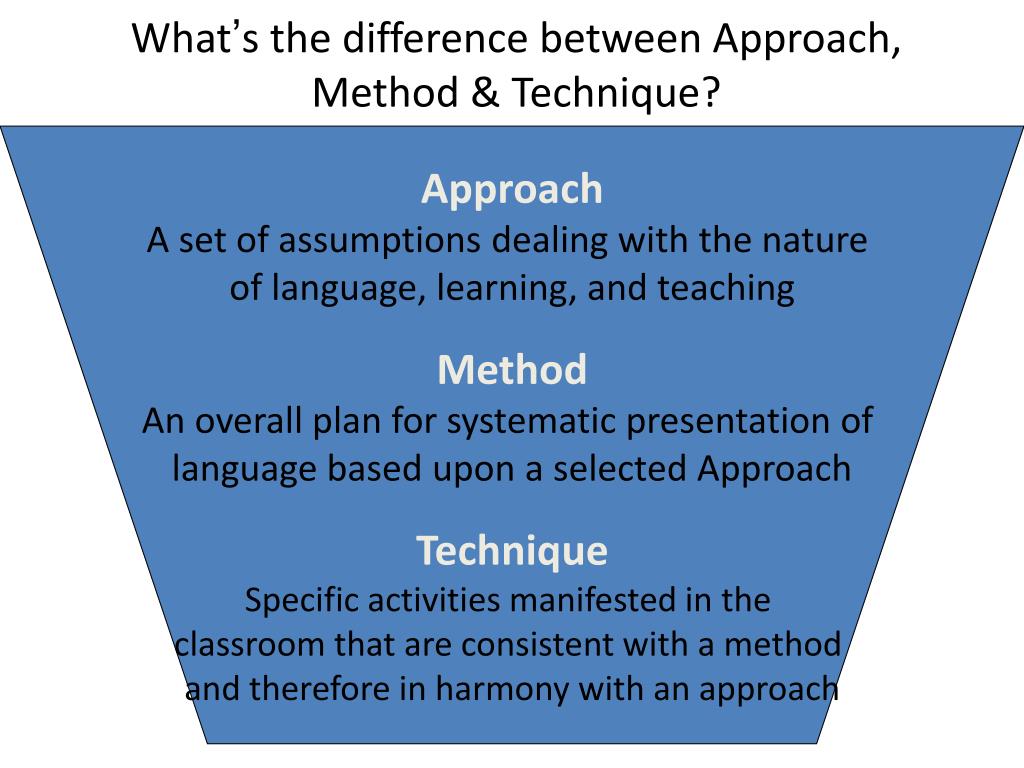
Overlapping or Intersecting Instances of Design and Technique in the Creative Process
It is also recommended that you explore the fundamentals of art and design, which will help you connect the dots with ease the next time you analyze a design or artwork. Design works are also thought of as more affordable and accessible to the general public than fine artwork produced by an artist like Monet. It would be much easier to purchase and commission a design than to purchase a Monet.
The Concept of Obedience in Psychology - Verywell Mind
The Concept of Obedience in Psychology.
Posted: Mon, 28 Aug 2023 07:00:00 GMT [source]
Design education covers the teaching of theory, knowledge and values in the design of products, services and environments, and focusses on the development of both particular and general skills for designing. It is primarily orientated to prepare students for professional design practice, based around project work and studio or atelier teaching methods. Design is subjective and open to interpretation, as it involves making choices based on personal taste, cultural background, and intended audience. Technique, on the other hand, is more objective and relies on proven methods and principles.
The Fundamental Differences Between Design and Technique
Elements like visual hierarchy, contrast, page layout methods, and typography all play major roles in determining the transmission of information to the intended audience. The examples highlight the importance of both design and technique in achieving desired outcomes. Striking the right balance between the two is key to creating successful projects across various creative disciplines. The specific techniques employed in each discipline contribute to the realization of the designer’s creative vision while ensuring the feasibility and functionality of the final product or project.
The role of technology has revolutionized the relationship between design and technique. It has enabled designers to explore new ideas, iterate faster, and create innovative solutions. Technology has become an integral part of the design process, enhancing creativity and pushing boundaries. While it can be incorporated into visual art, design is understood primarily for its associations as a product of science and art. Design also employs methodical approaches to resolve issues in design and communicate information or set up objects and structures in an effective and often functional way. Artworks such as sculptures include a level of design and planning, however, designs are not as flexible in being received as products of fine art.
Examining the Differences
Artists produce works that may be informed by external events, shaped by client briefs, or stemming from their personal experience or emotions. Artists can employ a variety of technically challenging processes to achieve their desired outcome, however, the user experience designer often ignores their own ego to ensure that their design is “successful”. This does not mean that design cannot be used for self-expression or limits the designer entirely from producing a design that evokes emotion. Art embraces all forms of experimentation and is not reliant on a specific reaction. In the context of a creative process, design is primarily concerned with aesthetics (how something looks) and functionality (how it works). It encompasses elements such as color theory, typography, layout composition, user experience design (UX), user interface design (UI), etc.
Motion designers contribute to media that is published across the Internet, including film and television. These types of designers produce works that are focused on visual communication and rely on different methods of presenting images, texts, and other visual elements in a digestible and readable way. Graphic designers study interactive design to ensure their designs are streamlined for their audience or clients.
What Is Machine Learning Algorithm? Definition from TechTarget - TechTarget
What Is Machine Learning Algorithm? Definition from TechTarget.
Posted: Thu, 07 Apr 2022 03:26:18 GMT [source]
This doesn’t necessarily mean it has to be abstract or representational, though those are common forms of expression in art. The important thing is that it evokes some kind of reaction in you as a viewer—whether it makes you think about something new or just brings back fond memories. Essentially, if it makes you feel something (and if it isn’t functional), then it’s probably art. Visual art is produced by one or more people who have chosen to express themselves through painting, sculpting, poetry, printmaking and other visual means. In its most basic form, visual art is created for aesthetic purposes—it’s beautiful.
The most important and unifying aspect of fashion design is a deep knowledge of design principles which also involves teamwork at different stages or can exist independently. In summary, design and technique are distinct yet interconnected elements in any creative endeavor. While design focuses on the conceptualization and planning of a project, technique refers to the specific skills and methods used to execute it. Both are essential for achieving successful outcomes, with design providing the vision and direction, and technique providing the means to bring that vision to life. Understanding and effectively utilizing both aspects is crucial for any aspiring creator or artist.
Effective design ensures that the final product meets its intended purpose while also being visually appealing and engaging for users or consumers. To sum up, understanding the differences between design and technique is essential for creating good work. Design is the concept and the overall plan of a project, while technique is the specific methods and processes used to create the work. Both design and technique are needed in order to create something that looks good and works well. The main difference between design and technique is that design is the process of creating something, while technique is the specific methods and processes used to create it. Design is the concept and the overall plan, while technique is the actual execution.
Understanding how design and technique complement each other is key to creating exceptional products. While design is the process of conceptualizing and planning the look and function of a product, technique is the set of skills and methods used to bring that concept to life. Without technique, design remains simply an idea; without design, technique lacks direction and purpose. Therefore, the combination of design and technique is essential for creating products that not only look great but also function effectively. Design and technique, though interconnected, are distinct entities that play crucial roles in the creative process. By decoding the essence of design and technique and understanding their differences, we can enhance our ability to appreciate and analyze creative works.
